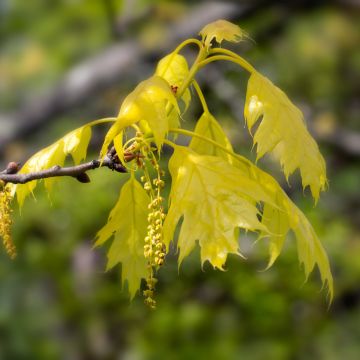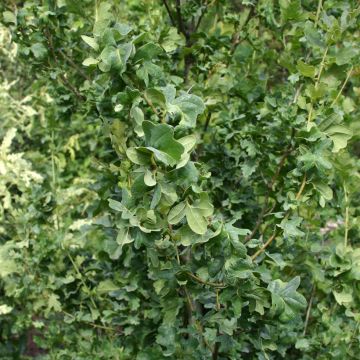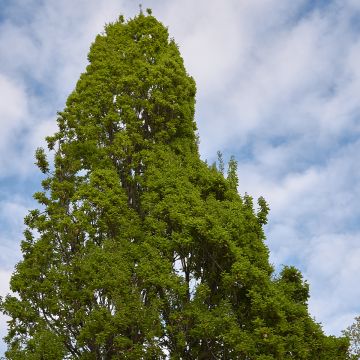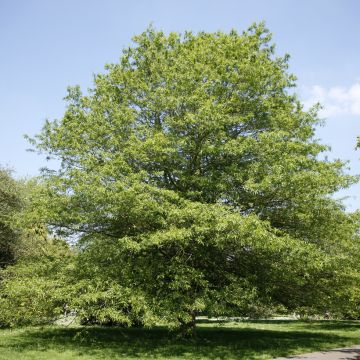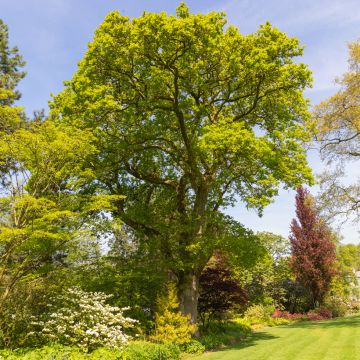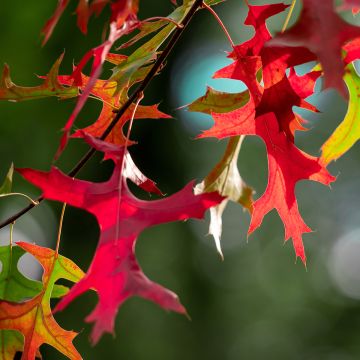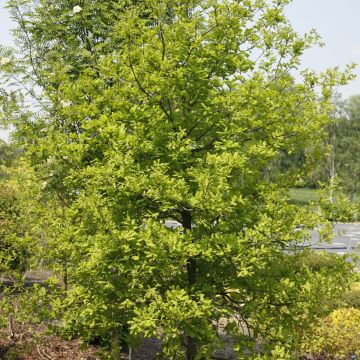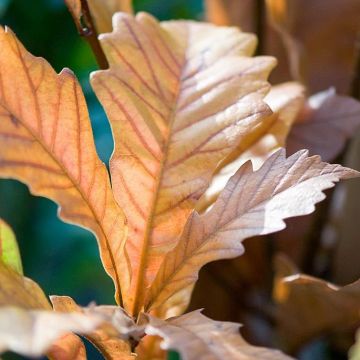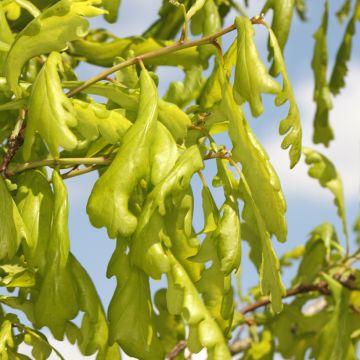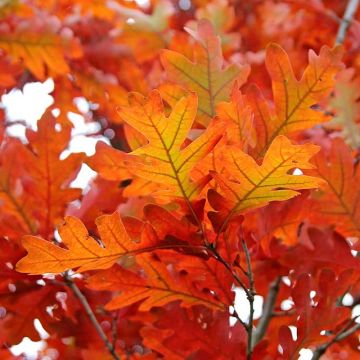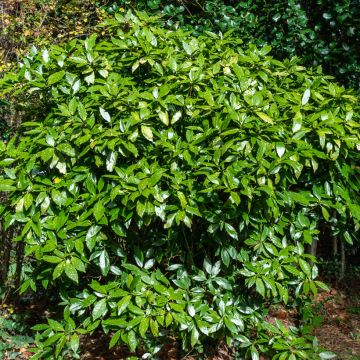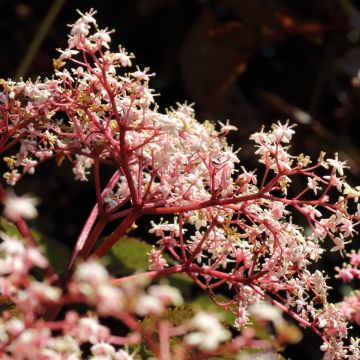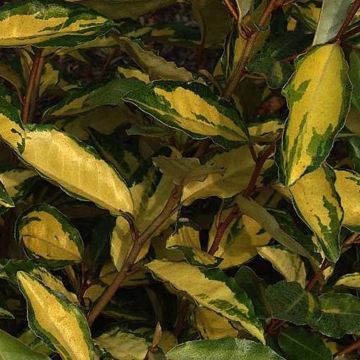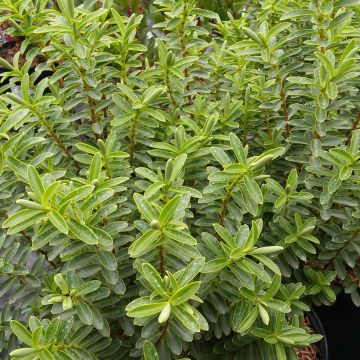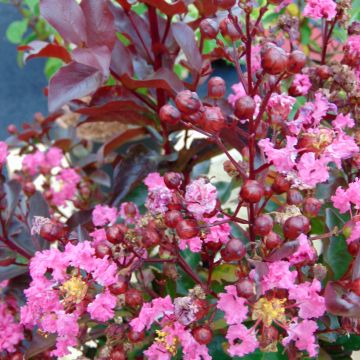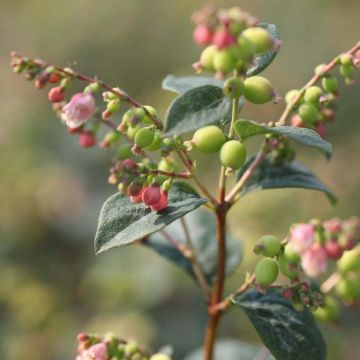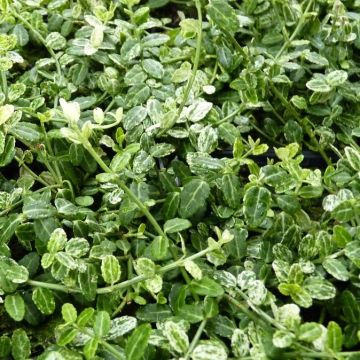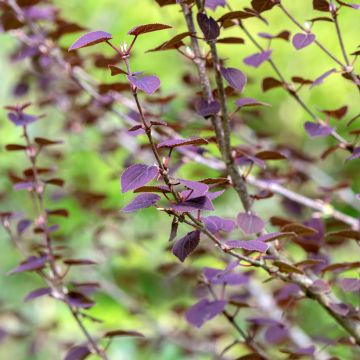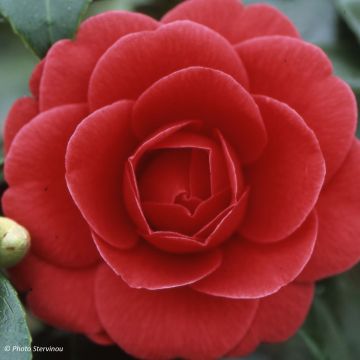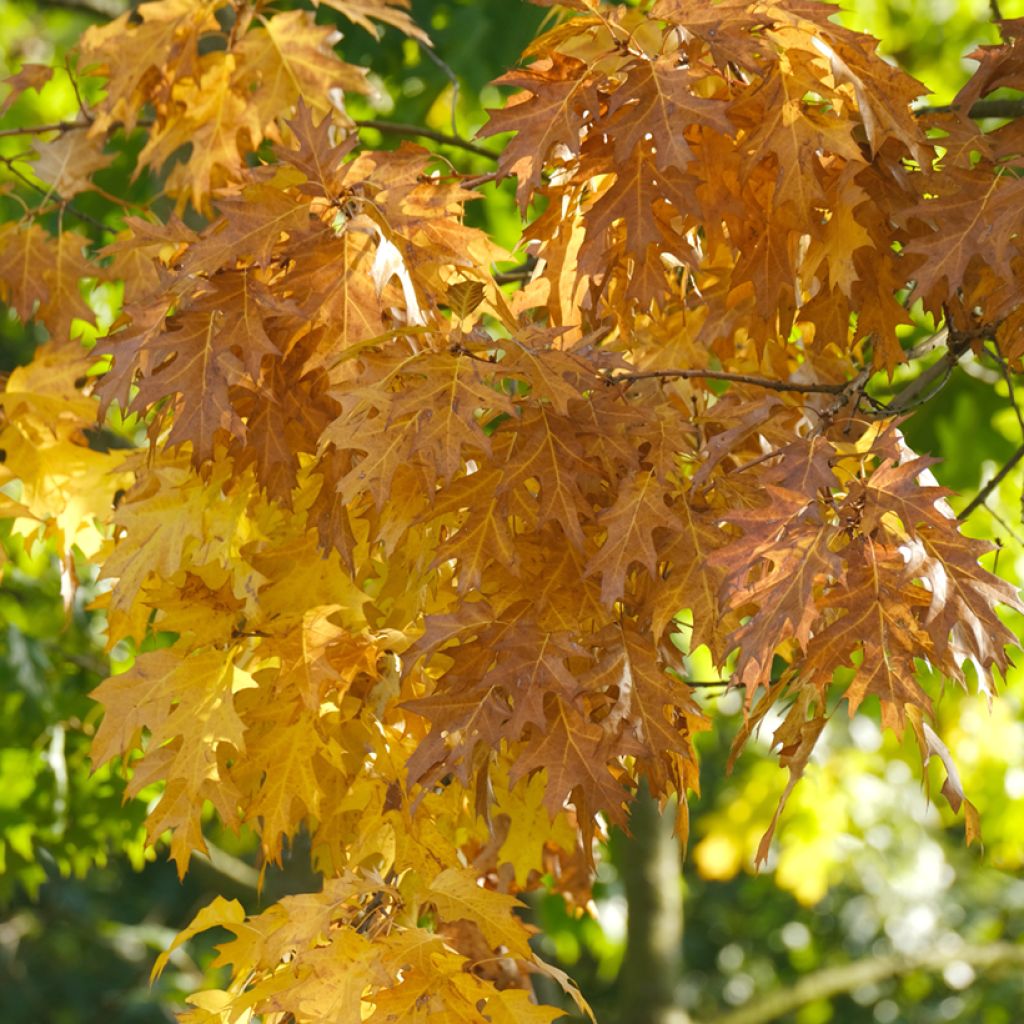

Quercus palustris - Pin Oak
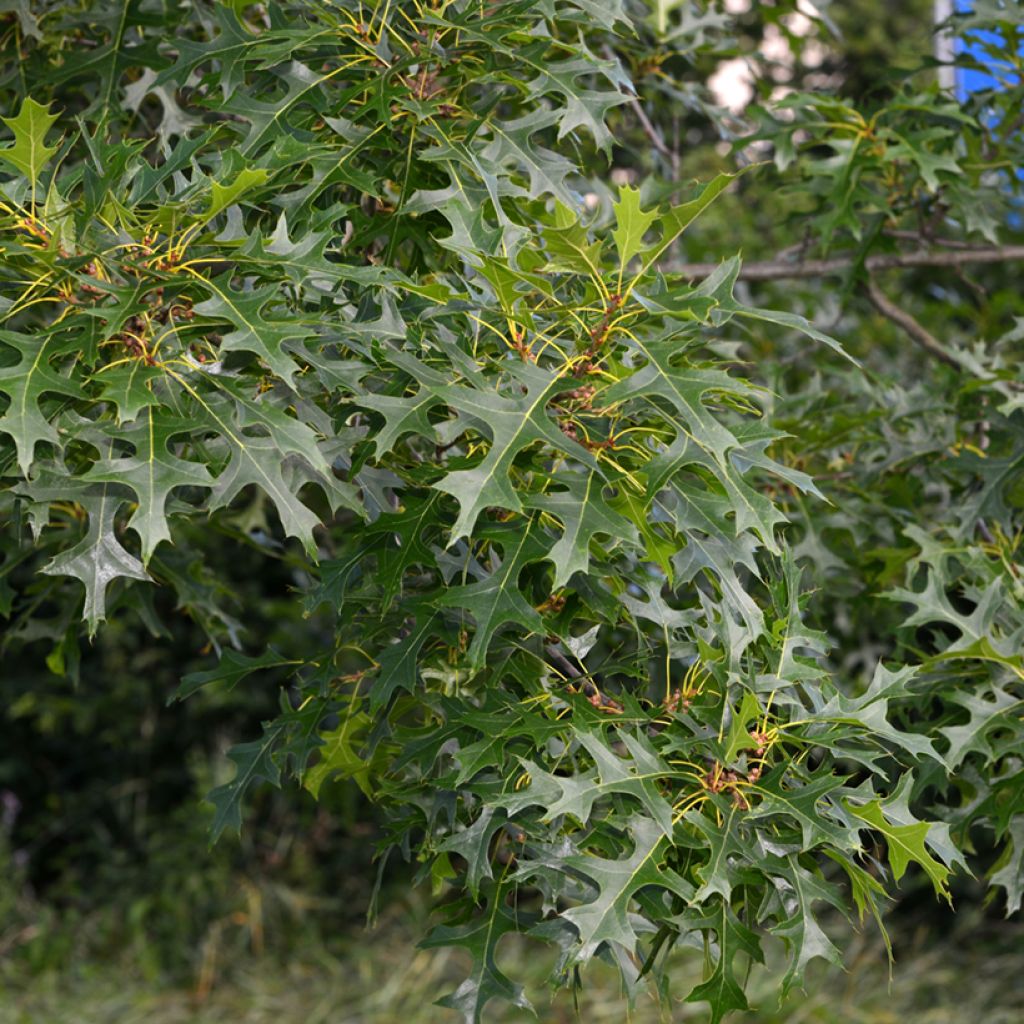

Quercus palustris - Pin Oak
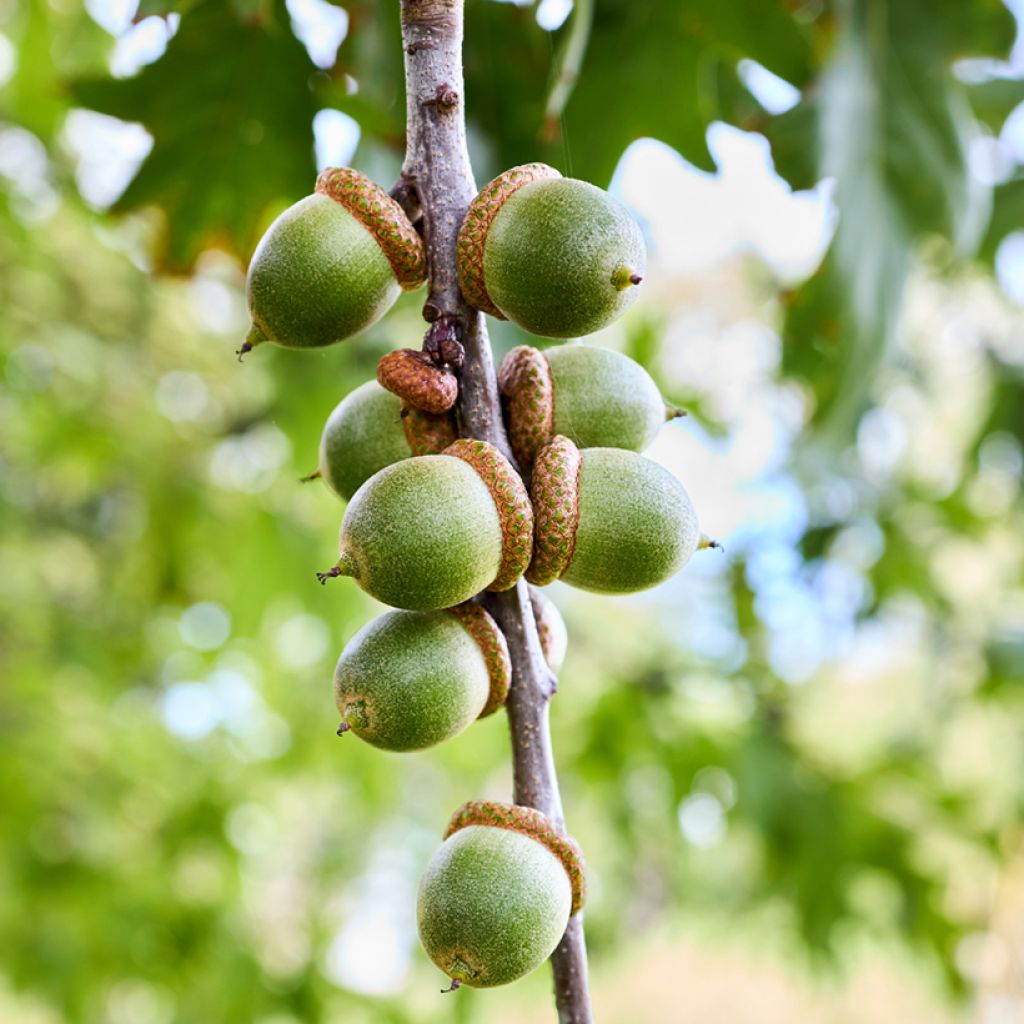

Quercus palustris - Pin Oak
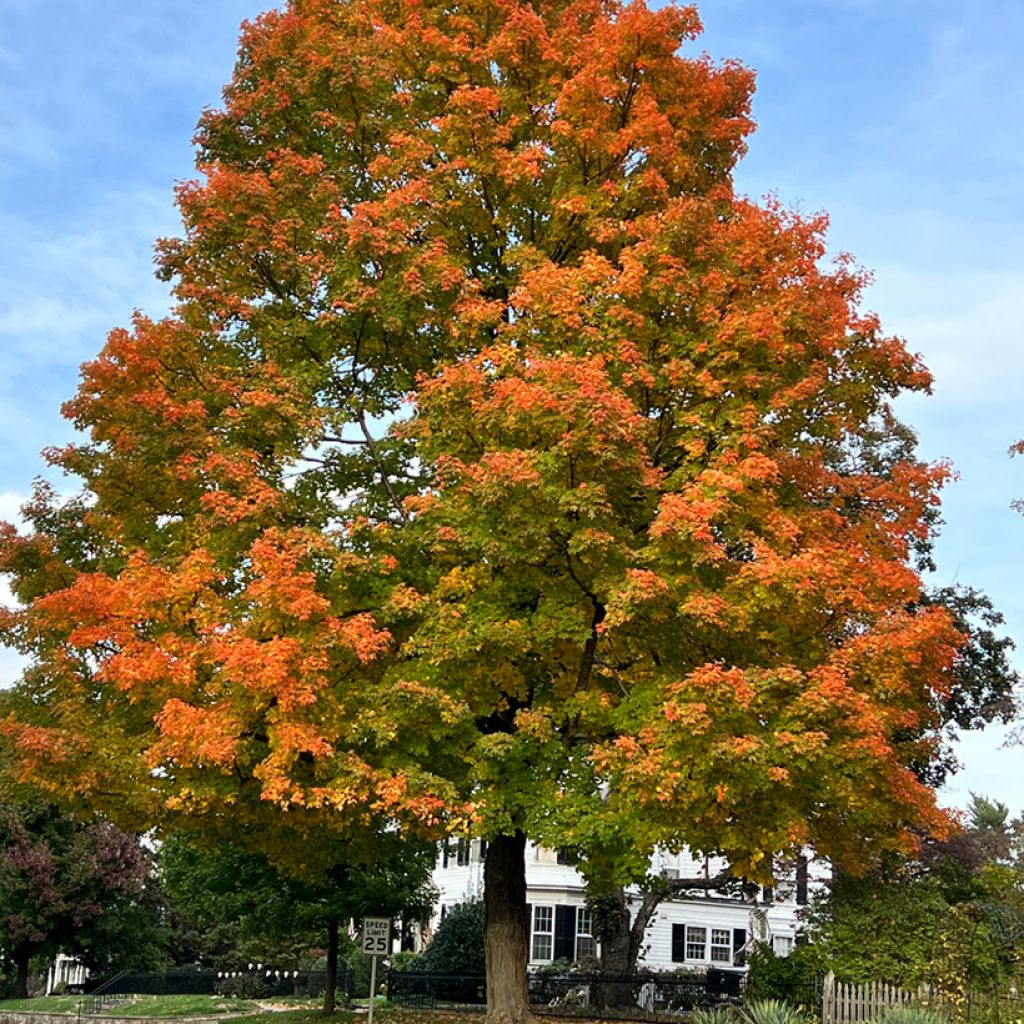

Quercus palustris - Pin Oak
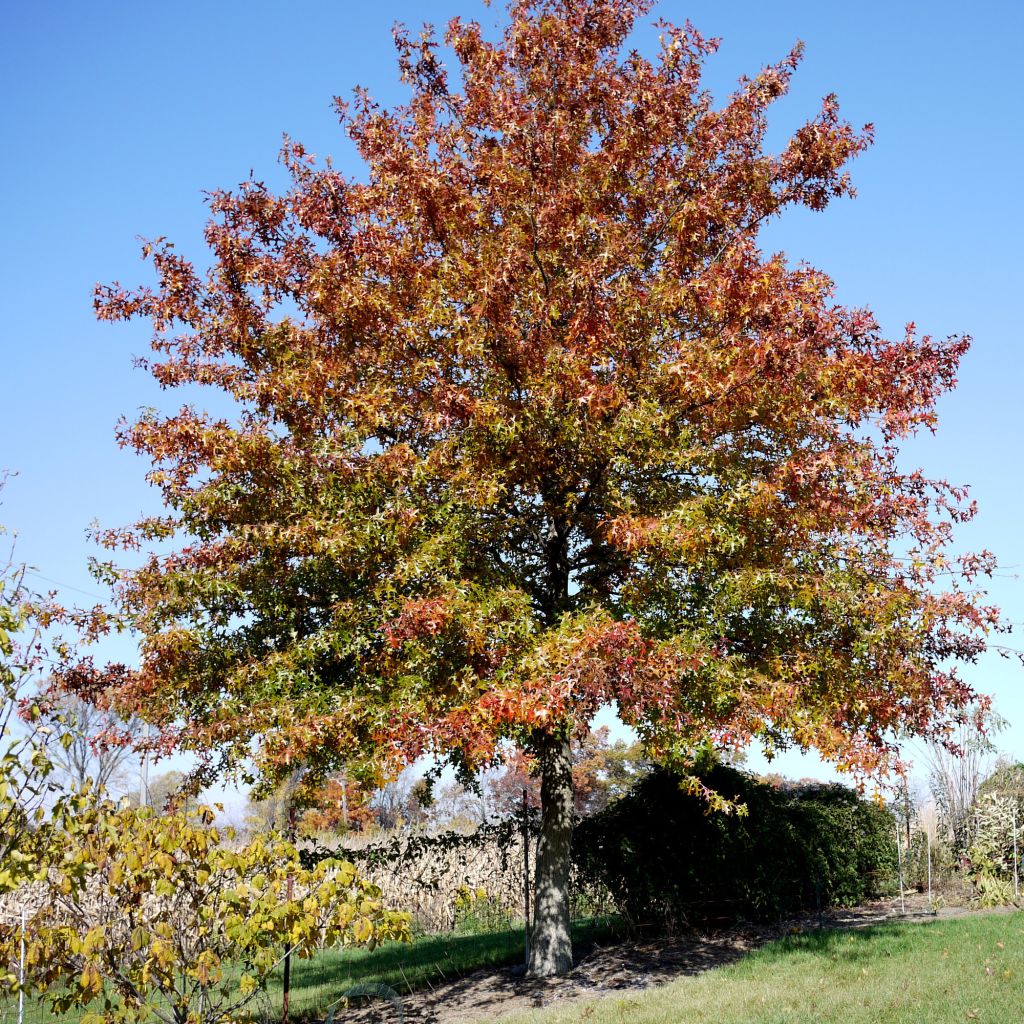

Quercus palustris - Pin Oak
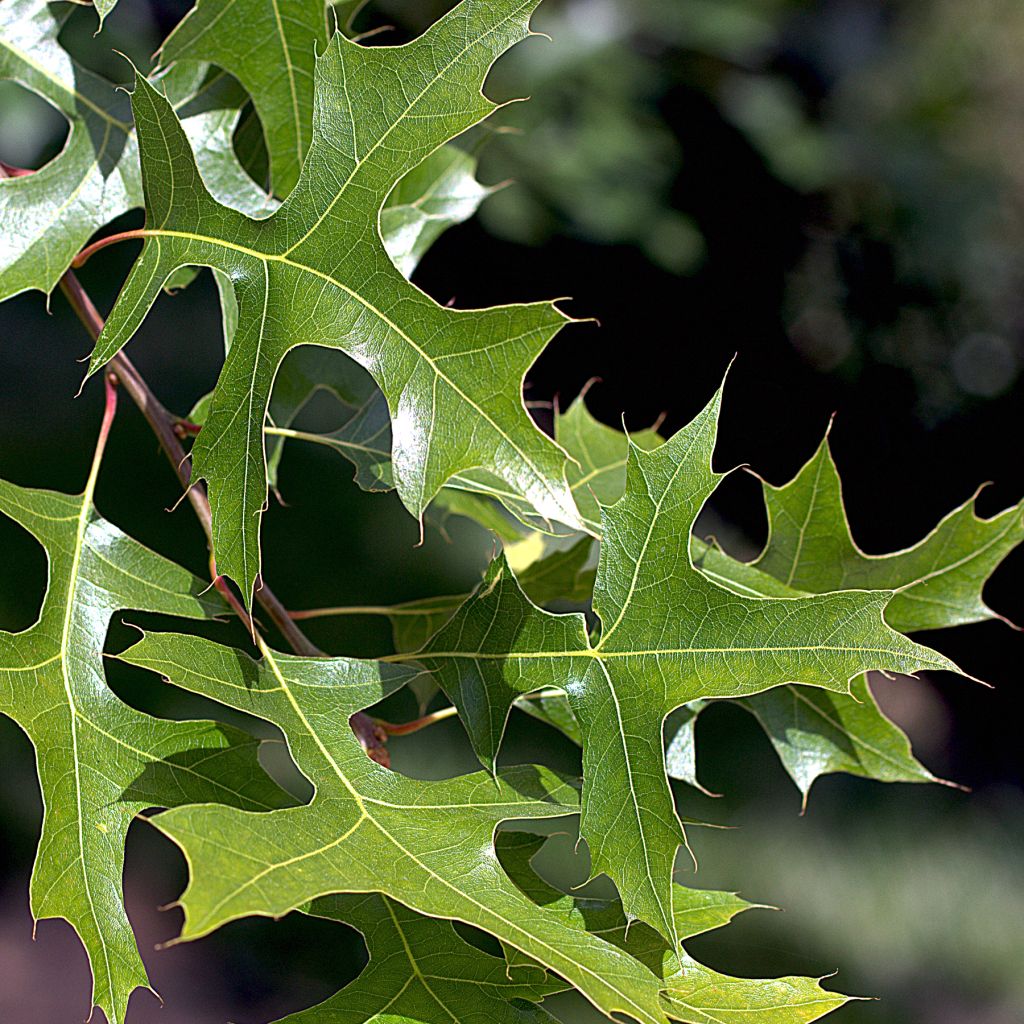

Quercus palustris - Pin Oak
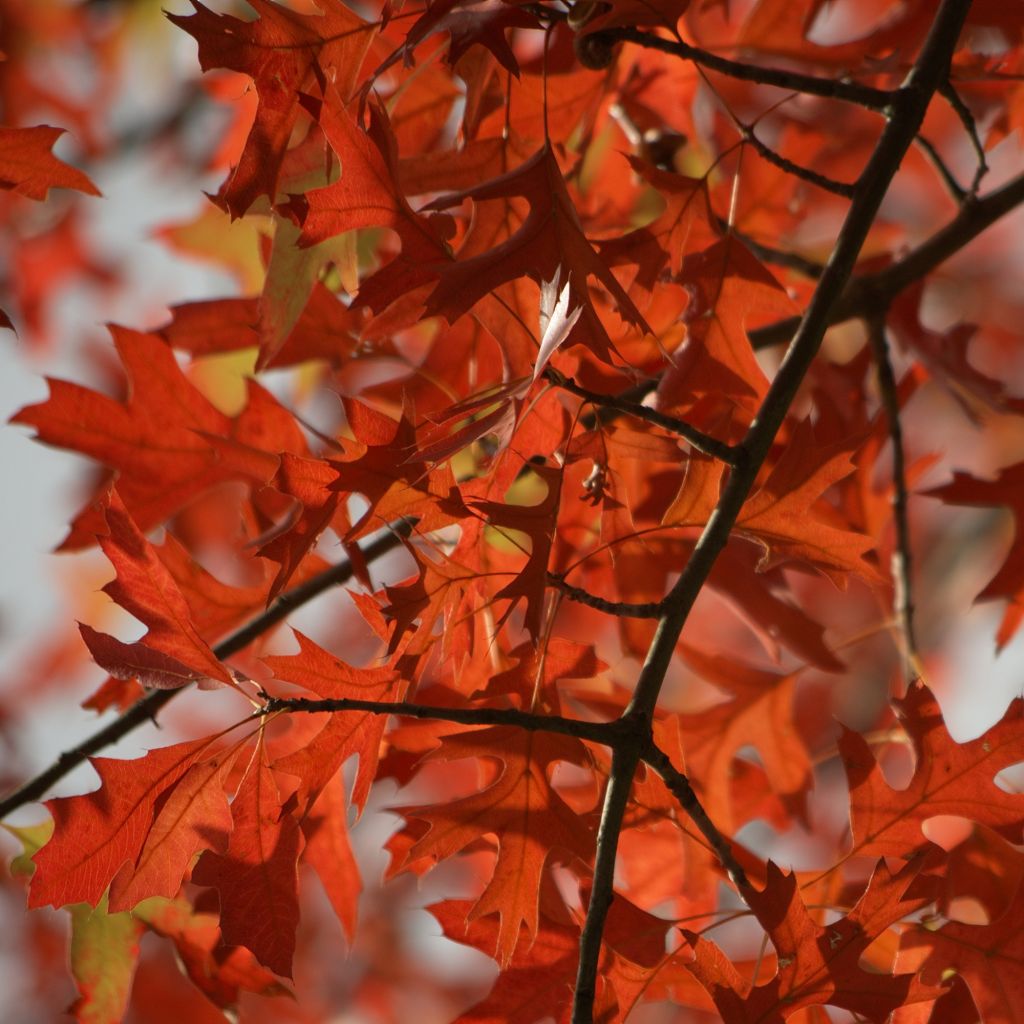

Quercus palustris - Pin Oak
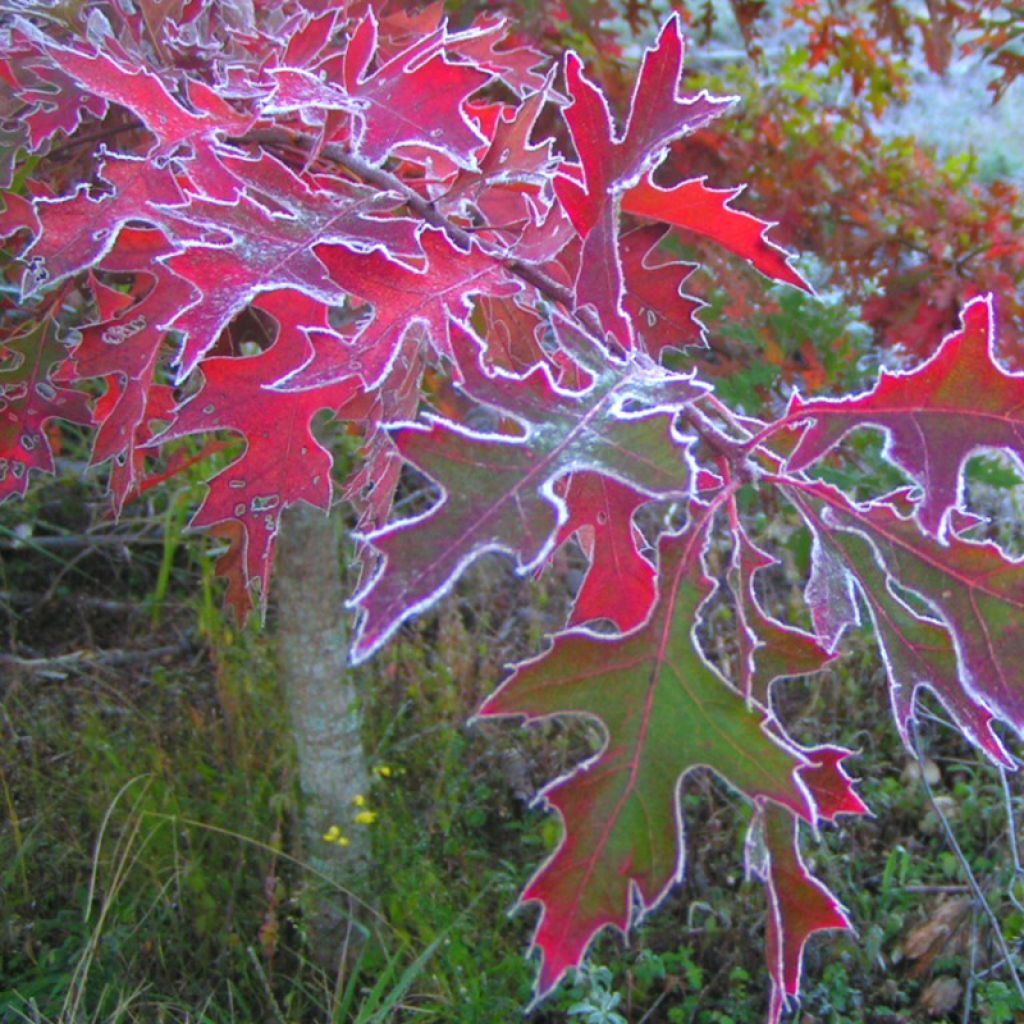

Quercus palustris - Pin Oak
Quercus palustris - Pin Oak
Quercus palustris
Pin Oak, Swamp Oak
It's expensive for what it is!! £75 for both!! I didn't expect it to be so thin.
Philippe , 21/10/2023
This item cannot be shipped to the selected country
Delivery charge from €5.90
Oversize package delivery charge from €6.90
Delivery to Corse prohibited
More information
Schedule delivery date,
and select date in basket
This plant carries a 24 months recovery warranty
More information
We guarantee the quality of our plants for a full growing cycle, and will replace at our expense any plant that fails to recover under normal climatic and planting conditions.
From €5.90 for pickup delivery and €6.90 for home delivery
Express home delivery from €8.90.
Oversize package: home delivery by special carrier from €6.90 per order..
Express home delivery from €8.90.
Delivery to Corse prohibited: UE law prohibits the import of this plant from mainland France to Corse as part of the fight against Xylella fastidiosa. Please accept our sincere apologies.
More information

Does this plant fit my garden?
Set up your Plantfit profile →
Description
Quercus palustris, also known as the swamp oak, despite its name, does not thrive in heavy, limestone, clayey, and compact soils. Majestic like all its cousins, it has deciduous foliage, deeply lobed and cut, bright green in summer turning to deep scarlet red in autumn. Its relatively fast growth and imposing habit make it suitable for large gardens. It appreciates open locations, deep, acidic, and moist soils.
Native to the eastern and central United States, this large tree of the beech family can reach 20 to 25m (65ft 7in to 82ft) in height with a spread of 12m (39ft 5in). Quercus palustris has a conical habit: the lower branches are trailing while those that develop from mid-height are horizontal. The deciduous leaves, deeply cut into 5 to 7 lobes, somewhat resemble those of maples. They measure from 5 to 11cm (2 to 4.3in) in length. Shiny green in the heart of summer, they turn brownish before taking on magnificent autumnal hues, persisting on the branches until winter. This oak blooms early in spring, then produces very decorative acorns in two years, about 2cm (0.8in) in diameter, practically round. Its very straight trunk is covered with a smooth, greyish bark, and its branches give rise to numerous thin and more or less thorny small twigs that have earned it its name of Pin oak. This species has a taproot, but its rooting is not very deep. It will live 90 to 120 years in the garden.
Quercus palustris grows in any rich, well-drained, preferably neutral soil in an open position, where it will be visible from afar. It will be cultivated as an ornamental tree in parks and large gardens, where it will express its full potential as a shade tree or specimen. It shows more harmonious development when grown in sheltered conditions, without excessive competition. Why not associate it with the bald cypress (Taxus distichum) or the Nyssa sylvatica, which require more or less the same growing conditions. Two species of ferns such as Onoclea sensibilis, in neutral to acidic and moist soil, sun to partial shade, and Dryopteris palustris (Telypteris palustris), ideal in riverside or marsh scenes, in dappled shade or in the sun, can also be planted at its base.
Report an error about the product description
Quercus palustris - Pin Oak in pictures
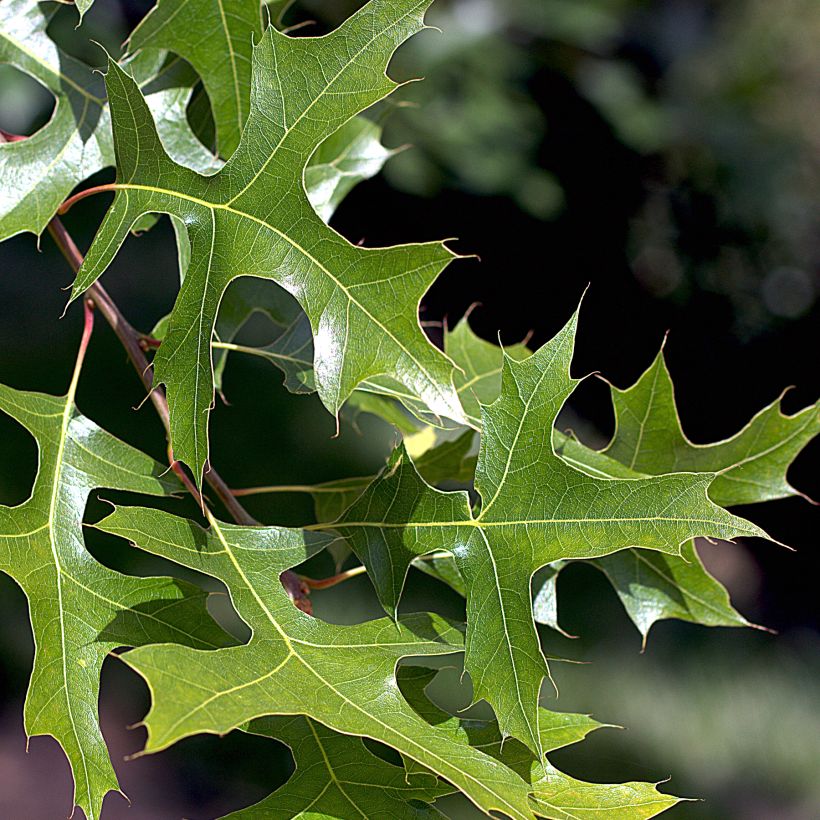

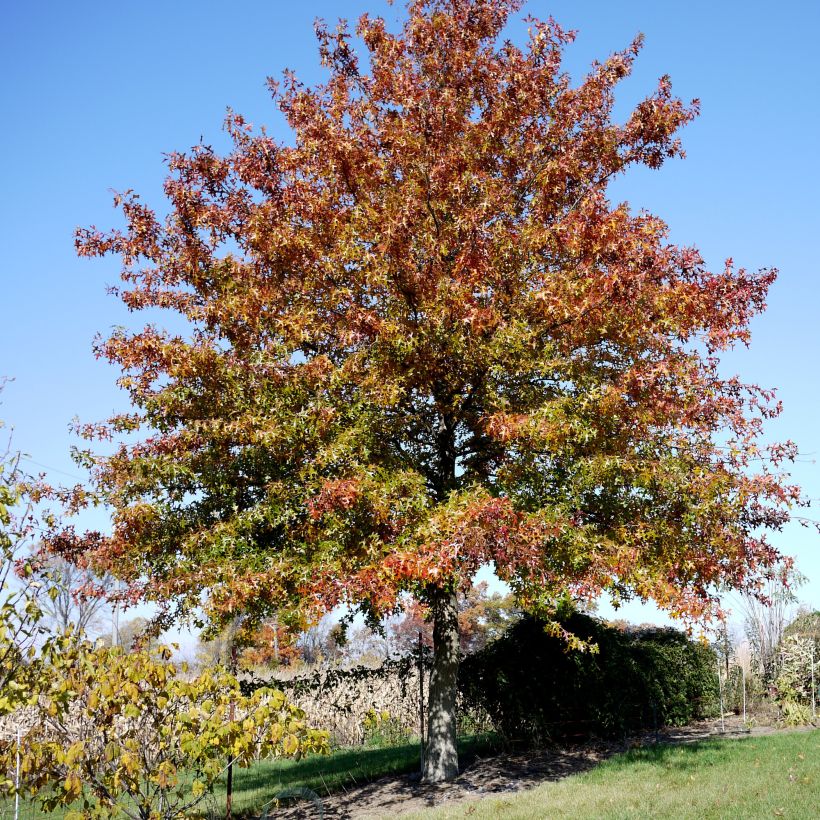

Plant habit
Flowering
Foliage
Botanical data
Quercus
palustris
Fagaceae
Pin Oak, Swamp Oak
North America
Other Oak
Planting and care
Quercus palustris is preferably planted in autumn in any rich, deep, well-drained, slightly acidic or neutral soil, free from limestone. It tolerates occasional periods of drought. It should be placed in a sunny position. Stake the young plants and then let nature take its course. Pruning is unnecessary, except for young trees that do not grow in a balanced manner. In February, before the start of vegetation, remove dead or diseased wood that hinders the habit of the tree.
Planting period
Intended location
Care
-
, onOrder confirmed
Reply from on Promesse de fleurs
Hedge shrubs
Haven't found what you were looking for?
Hardiness is the lowest winter temperature a plant can endure without suffering serious damage or even dying. However, hardiness is affected by location (a sheltered area, such as a patio), protection (winter cover) and soil type (hardiness is improved by well-drained soil).

Photo Sharing Terms & Conditions
In order to encourage gardeners to interact and share their experiences, Promesse de fleurs offers various media enabling content to be uploaded onto its Site - in particular via the ‘Photo sharing’ module.
The User agrees to refrain from:
- Posting any content that is illegal, prejudicial, insulting, racist, inciteful to hatred, revisionist, contrary to public decency, that infringes on privacy or on the privacy rights of third parties, in particular the publicity rights of persons and goods, intellectual property rights, or the right to privacy.
- Submitting content on behalf of a third party;
- Impersonate the identity of a third party and/or publish any personal information about a third party;
In general, the User undertakes to refrain from any unethical behaviour.
All Content (in particular text, comments, files, images, photos, videos, creative works, etc.), which may be subject to property or intellectual property rights, image or other private rights, shall remain the property of the User, subject to the limited rights granted by the terms of the licence granted by Promesse de fleurs as stated below. Users are at liberty to publish or not to publish such Content on the Site, notably via the ‘Photo Sharing’ facility, and accept that this Content shall be made public and freely accessible, notably on the Internet.
Users further acknowledge, undertake to have ,and guarantee that they hold all necessary rights and permissions to publish such material on the Site, in particular with regard to the legislation in force pertaining to any privacy, property, intellectual property, image, or contractual rights, or rights of any other nature. By publishing such Content on the Site, Users acknowledge accepting full liability as publishers of the Content within the meaning of the law, and grant Promesse de fleurs, free of charge, an inclusive, worldwide licence for the said Content for the entire duration of its publication, including all reproduction, representation, up/downloading, displaying, performing, transmission, and storage rights.
Users also grant permission for their name to be linked to the Content and accept that this link may not always be made available.
By engaging in posting material, Users consent to their Content becoming automatically accessible on the Internet, in particular on other sites and/or blogs and/or web pages of the Promesse de fleurs site, including in particular social pages and the Promesse de fleurs catalogue.
Users may secure the removal of entrusted content free of charge by issuing a simple request via our contact form.
The flowering period indicated on our website applies to countries and regions located in USDA zone 8 (France, the United Kingdom, Ireland, the Netherlands, etc.)
It will vary according to where you live:
- In zones 9 to 10 (Italy, Spain, Greece, etc.), flowering will occur about 2 to 4 weeks earlier.
- In zones 6 to 7 (Germany, Poland, Slovenia, and lower mountainous regions), flowering will be delayed by 2 to 3 weeks.
- In zone 5 (Central Europe, Scandinavia), blooming will be delayed by 3 to 5 weeks.
In temperate climates, pruning of spring-flowering shrubs (forsythia, spireas, etc.) should be done just after flowering.
Pruning of summer-flowering shrubs (Indian Lilac, Perovskia, etc.) can be done in winter or spring.
In cold regions as well as with frost-sensitive plants, avoid pruning too early when severe frosts may still occur.
The planting period indicated on our website applies to countries and regions located in USDA zone 8 (France, United Kingdom, Ireland, Netherlands).
It will vary according to where you live:
- In Mediterranean zones (Marseille, Madrid, Milan, etc.), autumn and winter are the best planting periods.
- In continental zones (Strasbourg, Munich, Vienna, etc.), delay planting by 2 to 3 weeks in spring and bring it forward by 2 to 4 weeks in autumn.
- In mountainous regions (the Alps, Pyrenees, Carpathians, etc.), it is best to plant in late spring (May-June) or late summer (August-September).
The harvesting period indicated on our website applies to countries and regions in USDA zone 8 (France, England, Ireland, the Netherlands).
In colder areas (Scandinavia, Poland, Austria...) fruit and vegetable harvests are likely to be delayed by 3-4 weeks.
In warmer areas (Italy, Spain, Greece, etc.), harvesting will probably take place earlier, depending on weather conditions.
The sowing periods indicated on our website apply to countries and regions within USDA Zone 8 (France, UK, Ireland, Netherlands).
In colder areas (Scandinavia, Poland, Austria...), delay any outdoor sowing by 3-4 weeks, or sow under glass.
In warmer climes (Italy, Spain, Greece, etc.), bring outdoor sowing forward by a few weeks.

































